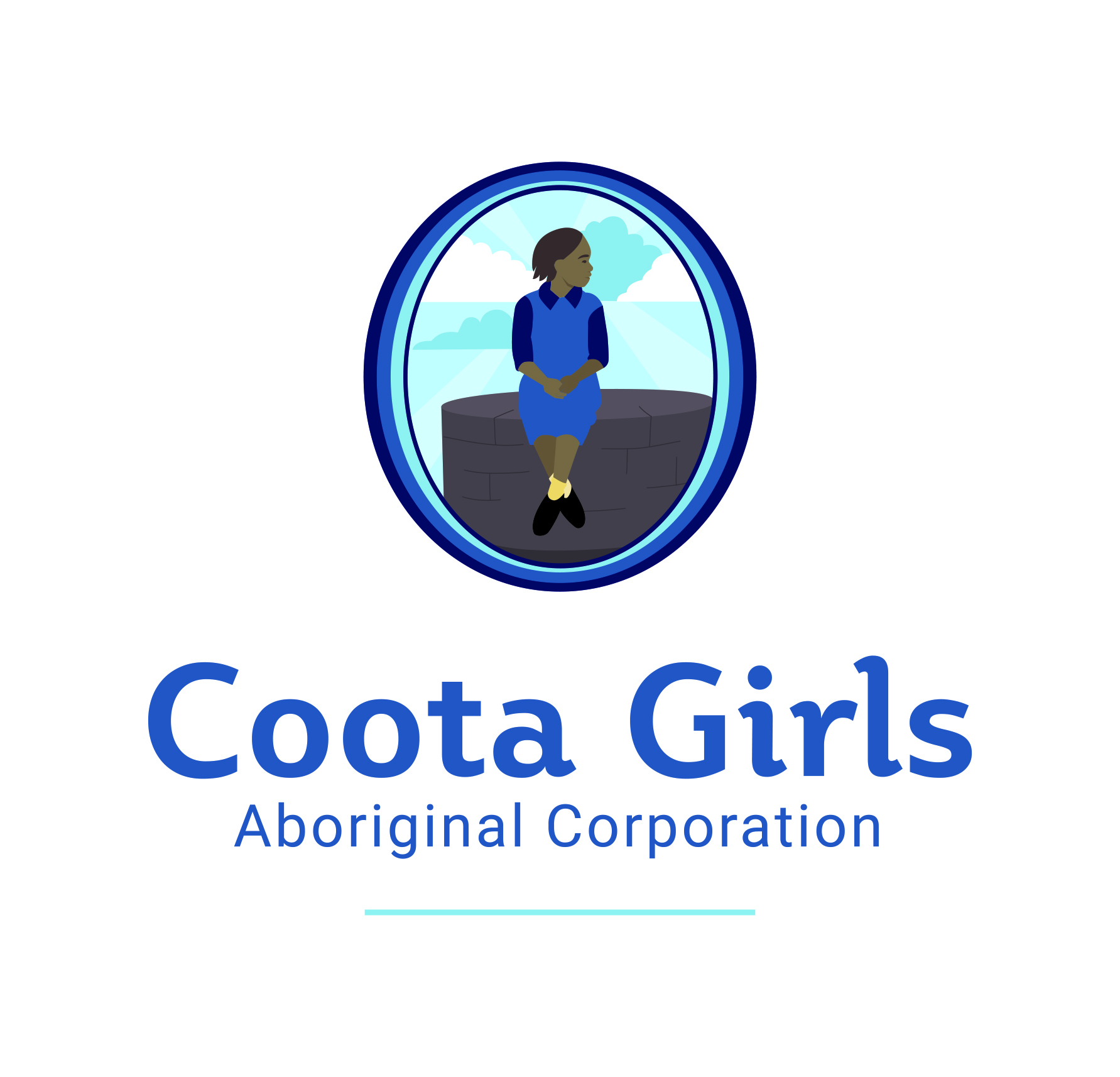Coota Girls Survivor Stories Project & Digital Archive
1912 the Cootamundra Domestic Training Home for Aboriginal Girls was established as a training institution for Aboriginal girls removed from their families under the Aborigines Protection Act 1909-1969.
The Coota Girls Survivor Stories Project & Digital Archive captures the stories of women who resided at this Home, documenting their experiences and stories of resilience. A hugely important project outcome is recording survivor stories through culturally safe, trauma-informed approaches that support truth-telling and healing for the survivors themselves. It also adds to existing historical accounts of the stolen generation and strengthens and enhances the stories of this particular institution in the landscape of Aboriginal history for the next generation.
The project has involved working with 23 survivors from the Coota Domestic Training Home to develop a 10-minute video and/or audio recording that tells their story of their time at, the impacts of and life after leaving the Home. A written summary/description of each survivor's story was also produced. This initiative has also produced a 20minute story on the history of the Coota Girls Home, drawing again on filmed interviews with survivors and footage recorded at a reunion of survivors that CGAC will hold at the Home in 2022 (for various purposes, not specifically for filming for this project).
These important testimonies have been included in this Digital Archive, which also hosts archival records, published material, media, and other resources related to the Coota Girls Home that have been gathered together for the first time. Survivors have been impacted by processes over which they have had little control in the past. The project passes back genuine control and ownership of survivor stories (data) to the women, including through CGAC. Through the project, we have repositioned the lens through which we understand history: providing opportunities for a 'right of reply' to government narratives (record keeping) and reclamation of resources previously used as tools of disempowerment and to serve government purposes. We have prioritised Indigenous counternarratives and an Indigenous-led process of creating these narratives.
Significance
What happened at Coota Girls Home is also a significant part of Australian history and of the Stolen Generations, in particular. This is a traumatising and terrible history, but also one of strength and resilience. Of note, the women of Coota Girls Home helped to change our understanding as a nation of our history (including in terms of government policy and its impacts) and, significantly, from a First Nations perspective.
They named the Stolen Generations and contributed to the establishment of Link Up family reconnection services and the Bringing Them Home inquiry and report (1997). The Coota Girls Home also stands out from other Stolen Generations institutions in NSW, with its predominant focus on 'training' young girls for servitude. Therefore, the Home has NSW and national significance, making recording its history now for future preservation and, from a First Nations perspective, critical in ensuring an understanding of NSW and Australian histories.
Cultural Protocols
The Coota Girls Aboriginal Corporation manages the documentation and archival materials included in this Digital Archive, with guidance from the community on cultural protocols. The platform includes content under a:
Open Protocol: enable materials to be available for all public to enjoy.
Closed Protocol: enable the sharing of materials within defined community groups. For example, a closed protocol might relate to a family group, or it could be designated for use by members of the Coota Corporation only. Material that has a closed protocol is available only to registered members who have signed up for access.
Who we are
This project was developed by members of the Jumbunna Institute of Indigenous Education and Research at the University of Technology Sydney (UTS) in partnership and with ongoing guidance from the Coota Girls Aboriginal Corporation.
